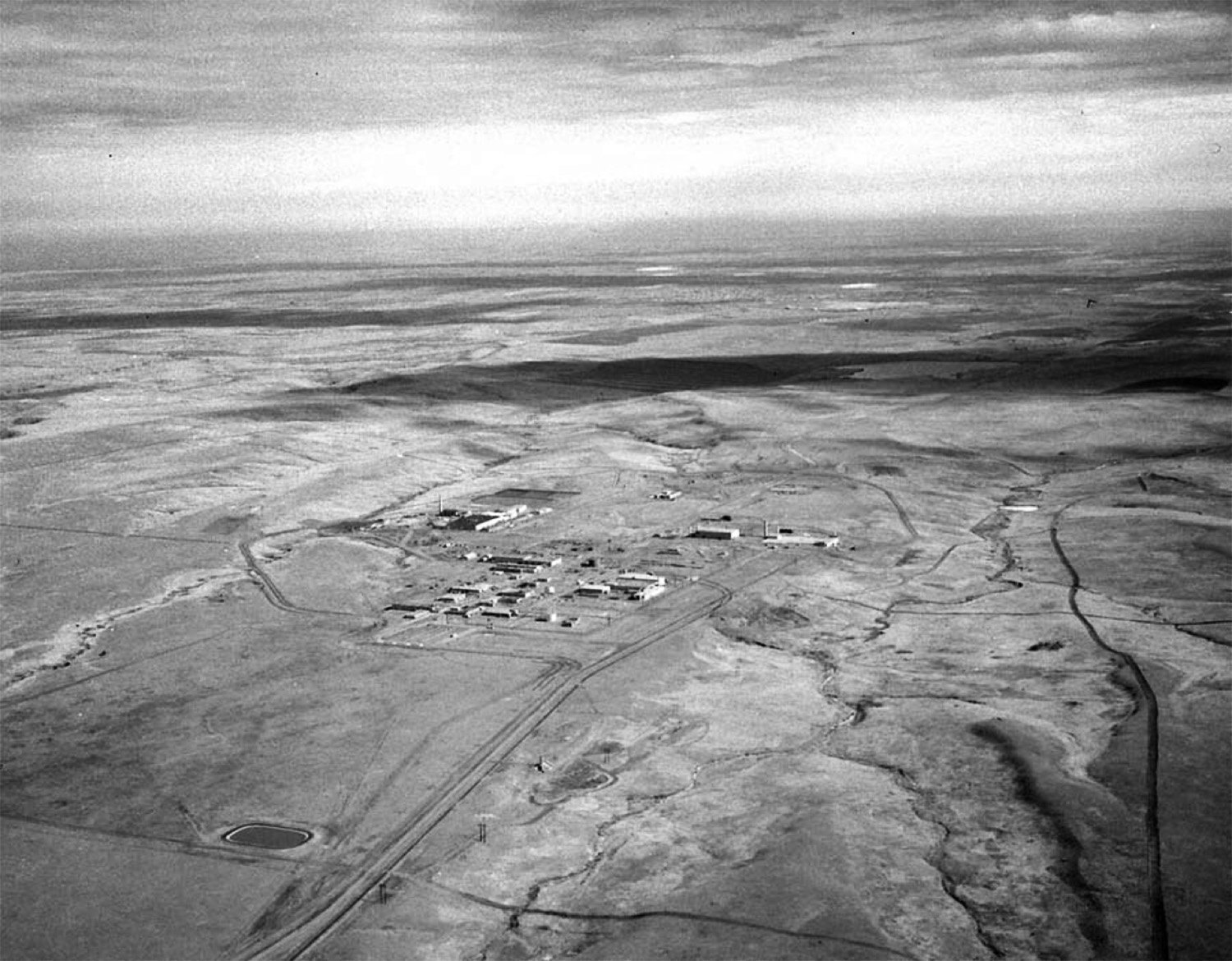
Fact Sheets
While there is a great deal of information in the public record about the history of Rocky Flats, remediation efforts, and ongoing management needs, it is often difficult to sift through and can be extremely complex.
The following information addresses the key issues and questions people most commonly have about the site.
Briefing Papers:
Residual Contamination:
From 2004-2005 a series of independent reviews were conducted by outside organizations and communities to look at various aspects of the Rocky Flats cleanup. One of the organizations was the predecessor organization to the Stewardship Council — the Rocky Flats Coalition of Local Governments (RFCLOG). The RFCLOG Board of Directors directed its staff in 2005 to begin an independent review of remaining contamination in soil after site closure. The contamination consists of radionuclides, volatile and semi-volatile organic chemicals, metals, and other species. The following areas of the site were reviewed for remaining soil contamination and in addition a short explanation of statistical confidence in soil sampling was prepared for the general public.
Click here for the Rocky Flats Coalition of Local Governments
Click here for the Rocky Flats Citizens Advisory Board
